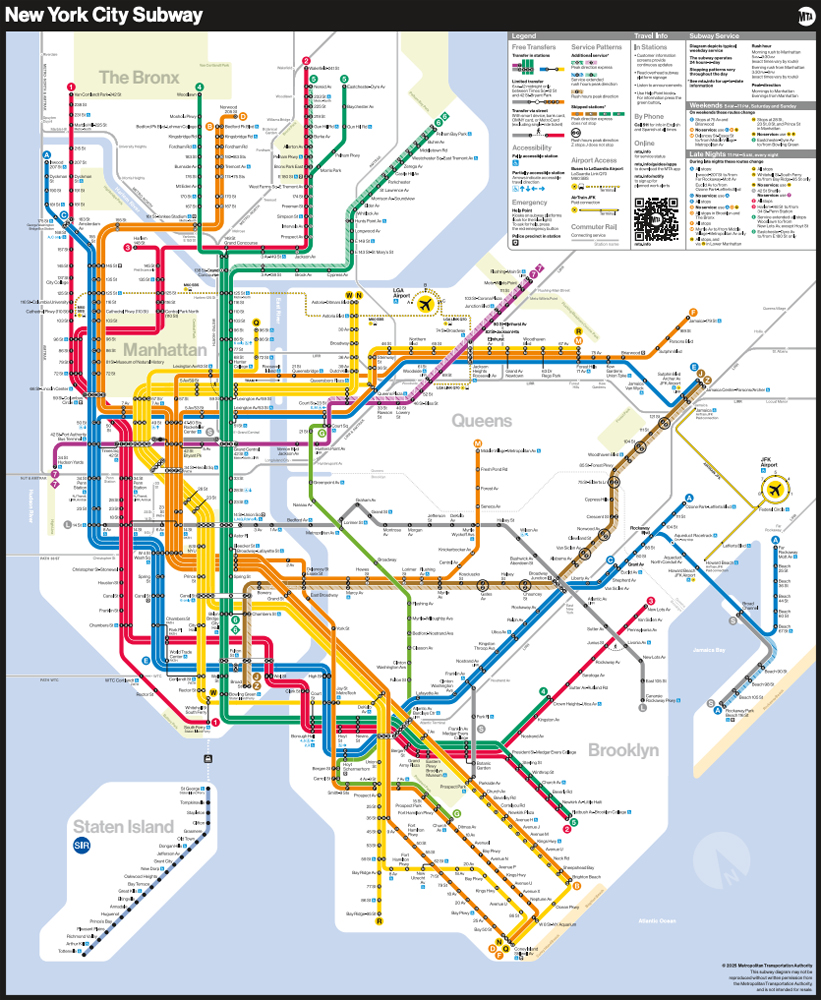The latest example is a reproduction of the Alco FA A-A diesel set that Lionel Corp. issued to commemorate its 50th anniversary in 1950. These are not Williams’ own scale-sized FAs dressed up to look like the vintage trains; they are models of the undersized O-27 postwar design.
In 1950, Lionel issued the no. 2023 Alco FA in Union Pacific yellow, in two primary variations. The Williams model is painted in the rarer and more appealing paint scheme – yellow with a gray roof and gray on the top of the nose.
In 1951, Lionel offered the 2023 in silver with a gray roof. Williams is also offering a silver version of its locomotive, and both yellow and silver locomotives can be bought with matching no. 2400-style passenger cars to duplicate the original Lionel sets.
The locomotive
Williams’ model is a representation of an Alco FA rather than a scale model of the real-life locomotive. This doesn’t mean that key reference points aren’t there, just that the original Lionel designers used a bit of liberty in coming up with their model.
The frame of the Williams A unit is 40 scale feet (10 inches) long and 12 scale feet (3 inches) tall, compared to the prototype’s 51- by 14-foot dimensions. Despite the diminutive nature of the model, it captures the general look of the prototype, and its dimensions match those of Lionel’s postwar model.
Out front is the stubby “not quite a PA” nose of the original FA diesel and an interpretation of the large number boards that, to me at least, always look too large for the real thing. Of special note is the attractive winged Union Pacific shield.
It is worth noting that the Williams model lacks the two shiny rivet heads on its snout that are present on the postwar locomotive. Give a point to Williams for realism – or at least for a more subdued appearance, even in an O-27 setting.
The body sides feature a good range of cast-in vents and screens, as well as cast-in doors, handles, and handrails. The cab windows feature “glass,” and there are three portholes on each side of the locomotive.
On the cab roof you’ll find cast-in rivets, seams, and an exhaust fan with a textured screen. Beneath the screen you won’t find cast-in fan blades, though I did spy those on an original postwar FA displayed in my co-worker Roger Carp’s office.
The name “Williams” is embossed on the rear of the A unit. This was a bit of a surprise since I don’t recall Williams having done this before. Perhaps it is to prevent unscrupulous folks from hawking these shells as mint postwar items to unsuspecting hobbyists.
The frame is made from die-cast metal, and the trucks are fair renditions of Alco’s originals. The couplers on the noses are functional, while the pivoting couplers between the units are dummies, as was the case with Lionel’s original diesels. Both powered and dummy A units have two pickup rollers spaced 6 1/2 inches apart; the rollers on the dummy are for lighting.
The passenger cars
We first reviewed Williams’ 2400-series “lookalikes” in our March 2001 issue, and these cars are still an excellent reprise of the Lionel postwar models.
Measuring 11 inches long, each car is made of plastic and has die-cast metal wheels, trucks, and couplers. If you look carefully, you’ll see the name “Timken” on the truck journals.
The cars also feature interior illumination and black silhouettes of passengers in the windows. They also have two pickup rollers spaced 7 inches apart, which helps minimize flickering of the lights.
The passenger cars are well built and feature smooth-running trucks. Though in Union Pacific yellow and gray with red accents, the cars carry the road name “Luxury Lines” (the originals were “Lionel Lines”). The individual car names duplicate Lionel’s choices: Plainfield, Westfield, and Livingston. The names on the two add-on Williams cars – Elizabeth and Summit – are names Lionel used on later 2400-series cars. All are towns in New Jersey, not too far from Lionel’s postwar factory.
Paint and decoration are first rate. Our samples all have clean edges between different colors. The car tops are gray with silver screw tops designed to look like roof ventilators.
Not a fan of the yellow UP scheme? As I previously mentioned, Williams also offers its FA and passenger cars in a silver-and-gray scheme to match the Lionel sets produced in 1951.
And, as they say on TV, “But wait, there’s more.”
Williams has recently announced additional road names for its postwar-style FA and passenger cars. The locomotive will be available as an A-A powered/dummy set or as a single A with three passenger cars in Florida East Coast; Gulf, Mobile & Ohio; Missouri Pacific; New York Central; Nickel Plate Road; Northern Pacific; Rio Grande; and three Pennsylvania paint schemes (Tuscan red and gray, Brunswick green and gray, and Tuscan red and black).
On the test track
As with virtually all Williams products we’ve tested, the FA delivers exemplary performance. Unlike larger Williams dual-motored diesels, the FA has a single flywheel-equipped motor. The motor is very, very responsive to throttle changes, and the locomotive is a speed demon when run wide open.
The Williams locomotive is not command-control equipped. In conventional-control mode we recorded a low-speed average of 17.6 scale mph and a high-speed average of 140 scale mph.
During testing we operated our sample locomotive with a variety of transformers. Using Lionel’s TrainMaster system in its conventional-control mode setting, we found that our low-speed average was actually a tad higher than when we used a postwar Lionel LW or an MTH Z-4000 transformer. We timed our A unit using TMCC in conventional-control mode at an even 18 scale mph.
By the way, our sample locomotive made a noticeable buzz sound when operated with TMCC. However, it made no noise at all when we used our LW or the Z-4000. We attribute the buzz to TMCC’s modified electrical wave pattern in combination with Williams’ DC can-style motor. TMCC’s electrical wave pattern was designed, in part, to give better control of old-style Lionel Pullmor motors at low speeds.
The powered A unit has four traction tires on its powered truck and delivers 1 pound, 4 ounces of drawbar pull. Not bad for a single can-style motor.
The model features Williams’ True-Blast II digital horn. The digital blast is the long-long-short-long horn sequence used at grade crossings, and it sounds good. You cannot change the locomotive to produce a single blast from its horn.
Williams’ FA reproduction is made for someone seeking a locomotive with a postwar appearance, but with contemporary internal workings and the smooth performance that comes with them. The locomotive and cars look very sharp rolling through a layout.
Perhaps best of all, the various Williams FA sets available are priced well within range of gift giving, whether for the grandkids or your own wedding anniversary! I mean, it is a reproduction of an anniversary set, right?














I purchased a set of the 2400 series cars to go with a2023 that I picked up at a yard sale. The color match is very close to the loco and the price is pleasing also.